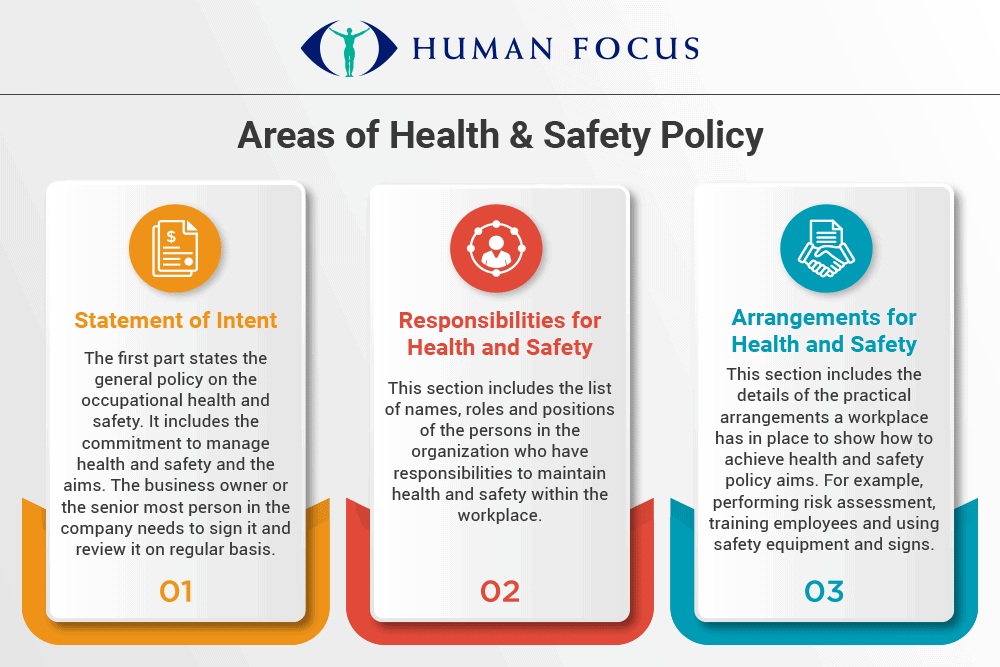
Ensuring Workplace Safety: Navigating Health Regulations
In the ever-evolving landscape of workplaces, the cornerstone of employee well-being is ensconced in health and safety regulations. Beyond a mere legal requirement, these regulations form the bedrock of a workplace culture that prioritizes the physical and mental well-being of its workforce.
Understanding the Regulatory Landscape: A Multifaceted Approach
Health and safety regulations are not a one-size-fits-all affair. They encompass a multifaceted approach, addressing everything from ergonomics to hazardous material handling. Understanding this regulatory landscape involves delving into specific industry guidelines and tailoring safety measures to the unique challenges within a particular workplace.
Risk Assessment: Identifying and Mitigating Potential Hazards
A proactive approach to health and safety begins with risk assessment. Identifying potential hazards within the workplace is the first step. Whether it’s machinery risks, chemical exposures, or ergonomic challenges, a thorough risk assessment sets the stage for implementing targeted mitigation measures to create a safer working environment.
Employee Training and Empowerment: Knowledge as a Shield
Compliance with health and safety regulations goes hand in hand with employee training. Empowering workers with knowledge about potential risks, safe practices, and emergency procedures transforms them into active contributors to workplace safety. Regular training sessions ensure that employees remain vigilant and responsive to evolving safety protocols.
Ergonomics: Designing Workspaces for Well-being
Ergonomics is not just a buzzword but a crucial element of health and safety. Designing workspaces that prioritize ergonomics contributes to the prevention of musculoskeletal disorders and enhances overall well-being. From office furniture to industrial machinery, ergonomic considerations play a pivotal role in fostering a healthy and safe working environment.
Health Surveillance: Proactive Monitoring for Early Detection
Beyond prevention, health and safety regulations often mandate health surveillance. Proactive monitoring of employee health helps in early detection of potential issues. Regular health check-ups, especially for workers exposed to specific occupational hazards, ensure that any health concerns are addressed promptly, contributing to a proactive health management approach.
Emergency Preparedness: Readiness for the Unexpected
No health and safety strategy is complete without a robust emergency preparedness plan. Health and safety regulations mandate the development and regular practice of emergency procedures. From fire drills to first aid training, creating a workplace culture that is prepared for the unexpected is a legal requirement and a fundamental aspect of employee protection.
Compliance Audits: A Continuous Improvement Approach
Compliance with health and safety regulations is not a one-time task; it’s an ongoing commitment. Regular compliance audits evaluate the effectiveness of existing safety measures and identify areas for improvement. Adopting a continuous improvement approach ensures that the workplace evolves in tandem with changing regulatory standards.
Legal Responsibilities: Navigating Obligations
Navigating health and safety regulations also involves understanding legal responsibilities. Employers have a duty to provide a safe working environment, and employees have a responsibility to adhere to safety protocols. Ensuring clarity on these legal obligations fosters a collaborative approach to maintaining a safe and healthy workplace.
For expert guidance on navigating health and safety regulations and implementing effective workplace safety measures, consult with professionals at Josslawlegal.my.id.
In conclusion, ensuring workplace safety is not just about compliance; it’s about fostering a culture that prioritizes the well-being of every individual within the organization. Navigating health and safety regulations involves a proactive and multifaceted approach, where legal requirements intertwine with the broader goal of creating a workplace that safeguards both the physical and mental health of its workforce.



